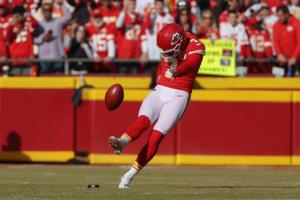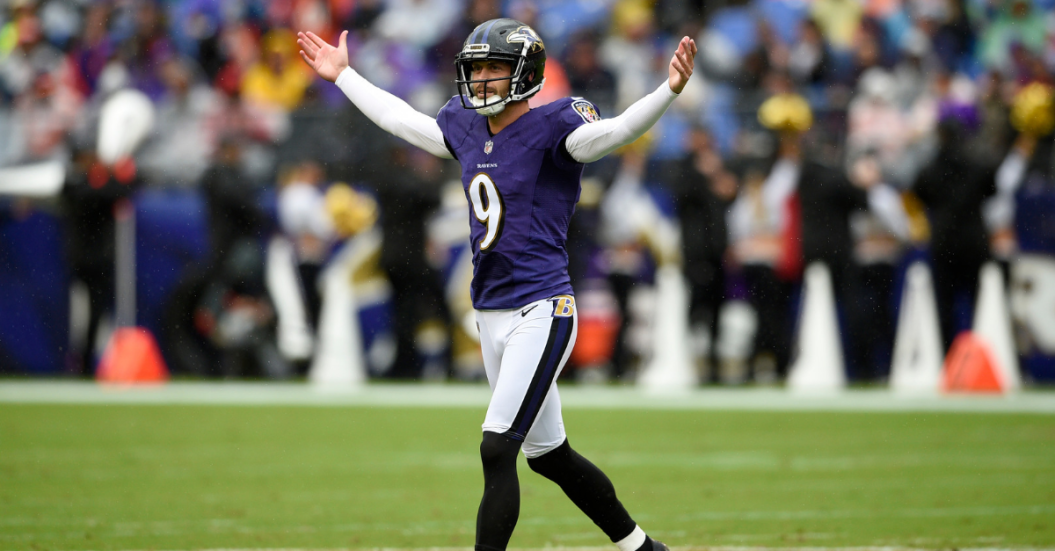The long wait is over as NFL football is back and for the first time in maybe forever, there are going to be a lot of eyes on special teams regarding the new NFL kickoff rule.
Videos by FanBuzz
That's right, in a season-opening game featuring Patrick Mahomes, Lamar Jackson, Travis Kelce, and Derrick Henry, it will be Justin Tucker and Harrison Butker who are the stars. Joking aside, the NFL kickoff rule will certainly be a headline in the league's first regular season game.
Throughout the preseason, we've seen the new format play out, but now that it's officially game time, there will be even more people paying attention and wondering what the heck is going on with the opening kickoff.
The new "dynamic kickoff" comes on the heels of a season that saw the fewest returns ever. It's no wonder the league decided to find a way to bring back one of the most exciting plays in the game, while also taking into consideration the dangers that come with some of the world's strongest and fastest man barreling towards each other with one purpose of jarring the ball from the player.
The most dramatic change to NFL kickoffs now has to do with the landing zone. This area is between the goal line and the 20-yard line. Any kickoff that lands there (which should be a fair amount, more on that later) have to be returned. If a kicker drops the ball at the 21-yard line or anywhere before, it automatically results in the ball being placed at the 40.

Harrison Butker will be one of the first kickers to try out the new NFL kickoff rule in regular season action. (Getty)
Where things get funky is if the ball hits the landing zone but isn't caught — let's say it bounces at the five-yard line, the ball has to be returned (or downed in the endzone). If the kicking team recovers it, it's their ball (or a score if in the endzone) and if the returning team recovers the bounce in the endzone, it will take the ball out to the 20.
So what if the kicker does what we so frequently see and skies one out of the endzone into the stands? Well, the ball then goes to the 30-yard line. In the preseason, some teams opted to just go with this route rather than risk the returner being able to take it to the house for six or advance it past the 30 on the return.
If you're wondering why the kicking team wouldn't just play for a shorter kick and try to land it around the goal line and force a return, it's because the kicking team has to wait until the ball lands on the ground or is caught before they can run down the field. That's a huge difference. This gives returners an advantage that they've never had before.
Oh, and onside kicks are only allowed in the final quarter and have to be announced beforehand. This part is pretty silly. This ruins the surprise of it all, and eliminates the game-changing ability, albeit low probability, of a coach like Dan Campbell opening the game with an onside kick and recovering it.
This will be a learning curve throughout the season for both the fans and the players. In the preseason, no one was able to take any of the returns for a touchdown, but more returns resulted from the new NFL kickoff rule.
We'll get a good idea of how teams will opt to handle the new change since both teams have two of the elite kickers in the league, and both are more than capable of bombing one through the endzone.
